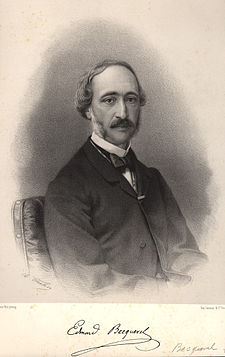Another day, another solar power generation record shattered on the California grid. As Herman Trabish notes at Greentech Media, during the early afternoon of March 16, the use of solar as measured by the California Independent System Operator (CAISO) reached 4.14GW—breaking the previous record set the day before, which broke the record set the day before that, which broke the record set 6 days week before that. (Do I sound like a broken record?) About 5.23GW of installed solar capacity are available to the grid operator, and another 1.1GW of rooftop doesn’t even get counted, according to GTM. The string of broken records–which will likely continue as the days get longer and more PV and CSP come online—has caused CAISO to change its policy of announcing every 50MW record-busting uptick to the 500MW level going forward. More data and details about other renewables and their impact on the California grid make the post even more read-worthy.
Speaking of a good read, an article by Kevin Fagan in the San Francisco Chronicle (via SFGate website) features the compelling tale of WaterFX’s parabolic-trough “concentrated solar still” desalination pilot plant in the agricultural heartland of California’s Central Valley. The facility “has been turning salty, contaminated irrigation runoff into ultrapure liquid for nearly a year for the Panoche Water and Drainage District,” according to the media outlet. “It’s the only solar-driven desalination plant of its kind in the country. Right now its efforts produce just 14,000 gallons a day. But within a year, WaterFX intends to begin expanding that one small startup plant into a sprawling collection of 36 machines that together can pump out 2 million gallons of purified water daily.” Given California’s droughty water crisis and the broader need for solar-powered desal plants in other corners of the globe, the startup’s intriguing, cost-competitive approach bears watching.
Desert defender Chris Clarke of the KCET Rewire blog casts a wary eye in his latest post on that other, much larger, and more notorious concentrating solar thermal plant, Ivanpah. Though a huge supporter of renewable energy in general, Chris is a consistent critic of utility-scale solar farms sited on ecologically sensitive lands. This time, his article actually takes NASA to the woodshed, because of a poor bit of mapping on the agency’s Earth Observatory website. Apparently, in a map of Ivanpah shown on the site, the location of the CSP plant is depicted incorrectly. The solar project “was not built ‘within Ivanpah Dry Lake,’ AKA ‘the playa.’ The project is actually several miles uphill from the barren dry lake, on an alluvial fan once teeming with wildlife. A half-trained eye could look at the Landsat image and see that’s so.”
Chris goes on to elaborate in detail why the distinction between the two locations is important. He notes that solar developers would not want to build a system in a dry lake bed and that alluvial desert areas—like the terrain where much of Ivanpah is located–are much richer in plant and animal life than the “playas.” Although he says NASA “may not have intended to downplay the site’s ecological significance,” its mistake “reinforced the spin of those who do so intend.” Whether one agrees with Chris’s vigorous environmentalist stance or not, his voice is a welcome counterbalance to those in the solar and renewables industry who, in the name of progress and the fight against climate change, downplay the possible impacts of major PV and CSP deployment on the delicate desert ecosystem.
Source: http://www.solarcurator.com/


